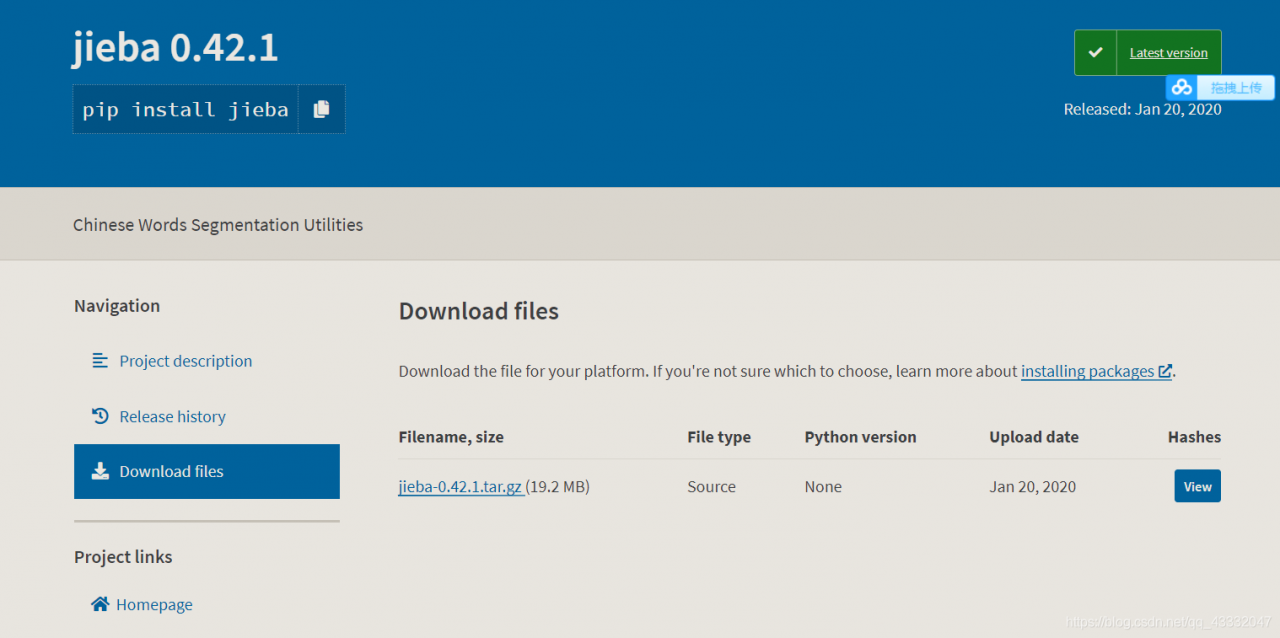

The third benefit of Anaconda is that, by default, conda comes with a lot of machine learning Using GUI-applications, Anaconda Navigator might make your life just a tiny bit easier. If you are a bit shy of the command line and you really enjoy Inside Anaconda Navigator (although I would really recommend using the command-line for things You can also manage your conda environments Is a GUI-program for launching popular applications for programming or data science-related tasks, Have to use an external utility like venv to manage your environments.Īnother benefit of Anaconda is that you can use what’s called Anaconda Navigator, which The only benefit conda still has is that you can install your packages and manage your environments all within the same tool - conda, while with pip you Since Python version 3.5, the docs officially recommend venv for managing environments. It is basically an alternative to pip, Python’s native package manager that comes preinstalled with most modern Python-versions You won’t be able to use your Web Development packages inside your machine learning environment.Īgain, if you want to read about the benefits of using virtual environments versus putting all of your packages into one global environment, check out the article linked above.Ĭonda is exactly such a package manager. You then need to activate an environment to use the packages inside of it. create an environment for Web Development and one for Machine Learning. A package manager now creates new environments, thus allowing you to put certain packages only inside one specific environment.
#Anaconda install package in environment full
By default, you always have full access to all of the packages that are inside your (global) environment. If you install external packages, they are added to your environment.
#Anaconda install package in environment software
If you know how virtual environments work, but would still like a quick refresher, here we go:Ī package manager (in the context of Python) is a piece of software that manages external packages on top of your local Python installation inside of a “box” called “(virtual) environment”. Even if you have used package managers before, you still might pick up a nugget of wisdom or two, so I really do recommend that you read that article. In that article, I explain these concepts in great detail, going one step at a time. If you are unfamiliar with the term package manager, or with virtual environments in general, I highly recommend that you read the article Package Managers and Virtual Environments Explained, Step by Step first. The most important component of Anaconda is conda, Anaconda’s package manager. You can imagine it being a sort of “flavor” of Python.


 0 kommentar(er)
0 kommentar(er)
